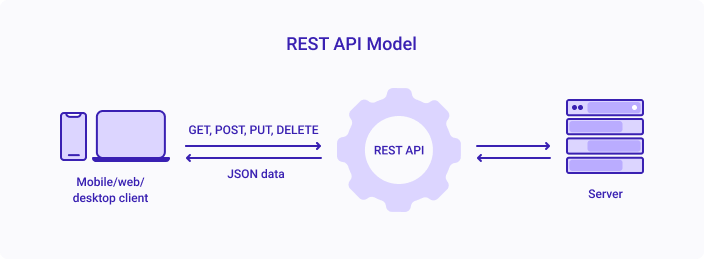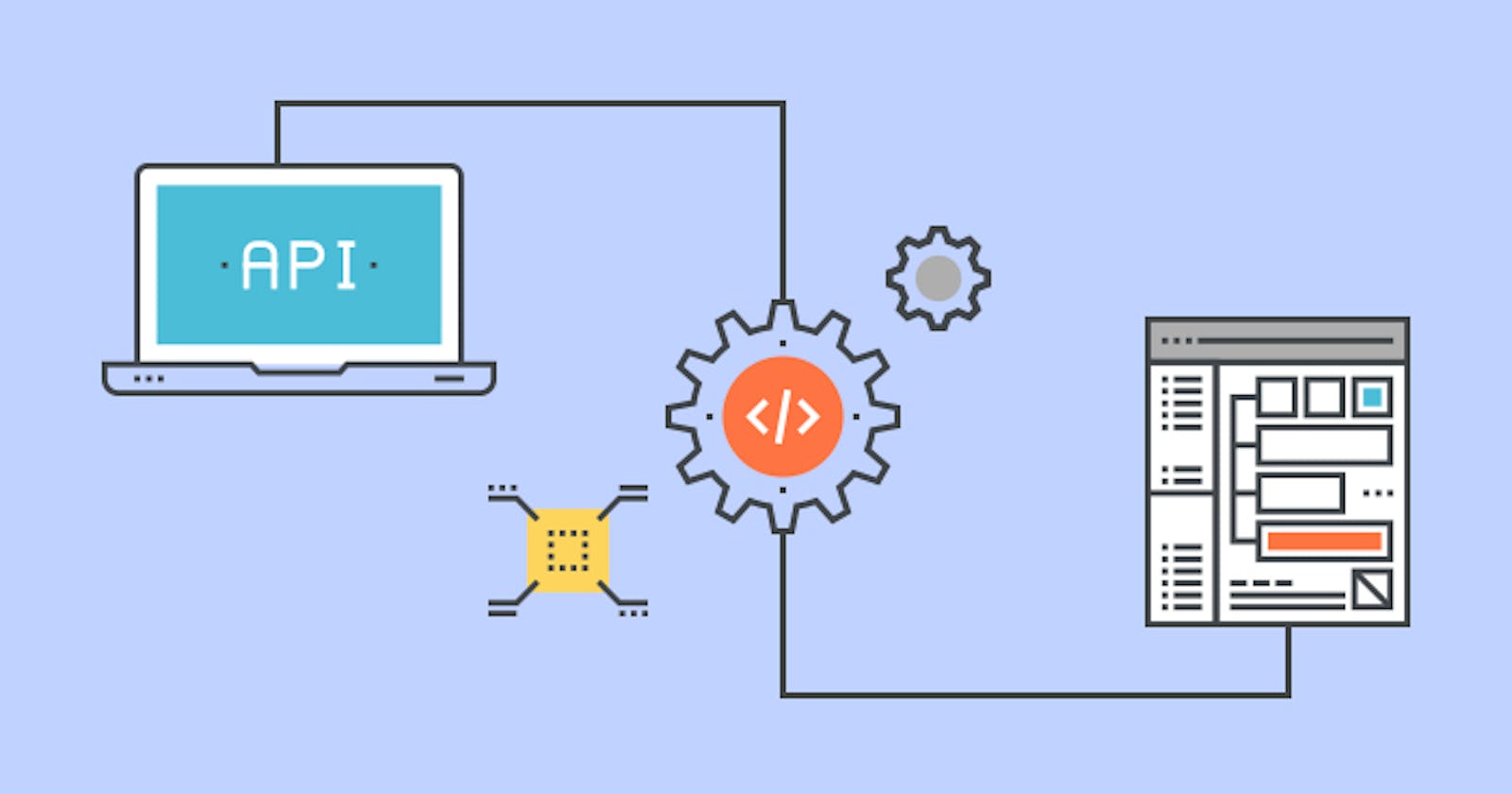Exploring REST APIs in Java: “My Journey to Mastering the Art of Web Services”
Have you ever wondered about the technology that powers most of the modern web applications? Yes, you guessed it right! It's REST APIs. The technology that enables seamless communication between different applications and systems across the web. With the explosion of web applications and the increasing use of microservices architecture, REST APIs have become an essential skill for any aspiring software developer.
I have been a Java developer for a while now and I was curious to learn more about REST APIs and how they work. The idea of building web services that can be consumed by multiple systems across the web intrigued me. I embarked on my journey to learn REST APIs and I would like to share my experience with you.
The first question that came to my mind was, "What is the motivation behind REST APIs?" Well, the answer is simple. The world has become more connected and technology has enabled us to build applications that can interact with each other seamlessly. REST APIs provide a standard way for different applications to communicate with each other.
To get started with REST APIs, I had to choose a technology stack. The stack that I chose included Java, Spring Boot, and Maven. I chose Spring Boot because it provides a fast and easy way to develop and deploy REST APIs. With its powerful annotations, I could quickly build and test my APIs. Maven is a popular build tool for Java projects, and it was a natural choice for me.
The journey was not without challenges. One of the major challenges I faced was the design of the REST API. It is important to understand the principles of REST API design and the various HTTP methods like GET, POST, PUT, and DELETE. It is also important to choose the right HTTP status codes to return in response to API requests.

Another challenge I faced was handling errors in REST APIs. It is important to handle errors gracefully and return meaningful error messages to the API clients. This requires careful design and implementation of error handling logic.
Despite the challenges, I was able to overcome them with the help of online resources, tutorials, and forums. I learned how to implement CRUD operations using REST APIs, how to secure REST APIs using authentication and authorization, and how to test REST APIs using Postman.

In conclusion, learning REST APIs in Java was an exciting journey for me. It opened up a whole new world of web services and microservices architecture. I learned how to build scalable and secure REST APIs that can be consumed by multiple systems across the web. I would encourage every software developer to learn REST APIs and add this valuable skill to their portfolio.
In this blog, I have shared my experience in learning REST APIs in Java. I hope it will help others who are looking to learn this exciting technology. If you have any questions or would like to share your experience, please leave a comment below.
